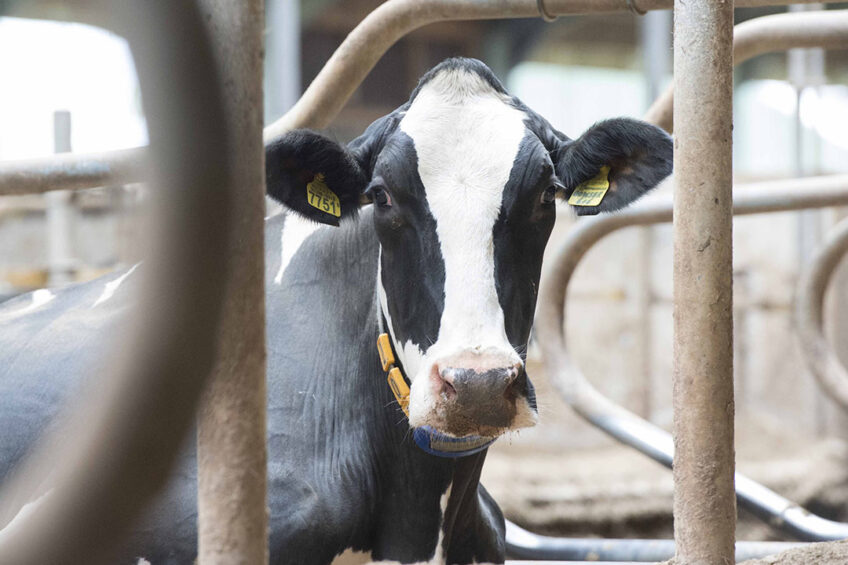Give the cows some rest

Lying is one of the most essential activities of a dairy cow’s day. The amount of hours spend lying directly impacts health, welfare and production.
Cows need to spend enough time lying. Scientific research showed that somewhere between 12 to 14 hours is optimal. This is not new, but the importance cannot be emphasised enough. There is ample research that shows that when cows are deprived from lying and eating, they tend to prefer lying time over eating time. Lying deprivation causes stress, hence negatively impacting the profitability of the farm. Researchers from the Miner Institute in the US found out that each additional hour of lying time translates into 2 to 3.5 more pounds of milk per cow daily. Even a longer lying time in the pre-fresh period has a positive impact on milk production in the fresh period. Given this information, we can question ourselves: How do we motivate cows to lie down during the close-up period (the last 3 weeks before calving)?

Management affects lying time
Of course, lying deprivation is not something that farmers deliberately do. However, there are a lot of management factors that have a negative effect on the motivation of the cow to lie down. The most important ones are:
- Prolonged time spent milking
- Overstocking
- Poor barn design
- Bedding type
- Inadequate heat abatement
- Excessive time spent in lock-ups.
All of these are management related. That means we can influence them. A good example is overstocking. When you fill 80% or more of the stalls in the close-up pen, you will end up with a reduction in milk yield for the first-calf heifers.
Lying time in the lactation period
With commercially available sensors, like the Nedap Smarttag Leg, we can monitor lying time for individual animals, pens and the entire herd. Studies done at a very well managed farm (3x milking, 300 cows, sand-bedded stalls) show how lying time changes throughout the lactation (Figure 1).
Straight after calving, the lying time in this herd is 12.5 hours per day. This number drops rapidly to around 11 hours per day around peak production. Throughout the rest of the lactation it gradually increases back to around 12.5 hours per day at dry off. This is a commercial herd with one of the highest lying times I have ever seen. And even in this herd, the cows in peak production are below the minimum desired lying time of 12 hours per day. Looking at individual cows can even provide more information. The distribution of daily lying time can tell you what percentage is outside the desired lying times.
Let’s take 10 to 16 hours as the desired lying time. In Figure 2 we can see that almost 20% has a lying time below 10 hours per day. These cows might have problems but it can also indicate management issues. Monitoring this data week by week can help you understand what is happening in your pens and your herd. It gives farmers an early warning system that the cows are on track.
Lying time in the dry period
The importance of lying time in the dry period for milk production in the lactation period has been discussed in a previous article. Looking at the lying time of the dry cows for this herd we see that the weekly group average is at least 13 hours and up to 15 hours for the entire year (Figure 3). That is again a very good number. It shows that with proper barn design and good management you can really motivate your dry cows to lie down for the biggest part of the day.
Track and evaluate your management changes
What happens when you change your bedding type and replace the mattresses with deep litter boxes for example? Before changing your entire farm, you might try one pen and see if the effect is as you had expected. One farmer that changed this saw his lying time increase with 45 minutes per day, which is what we want. This is just one example that shows how modern technology and solid data (sensors to track the lying time) can help farmers to optimise and monitor the management of the cows.
This is part 3 of a 4 part series on how sensors are making their way to dairy farms around the world and the practical application of it. Read part 1 here, and part 2 here.
Join 13,000+ subscribers
Subscribe to our newsletter to stay updated about all the need-to-know content in the dairy sector, two times a week.










